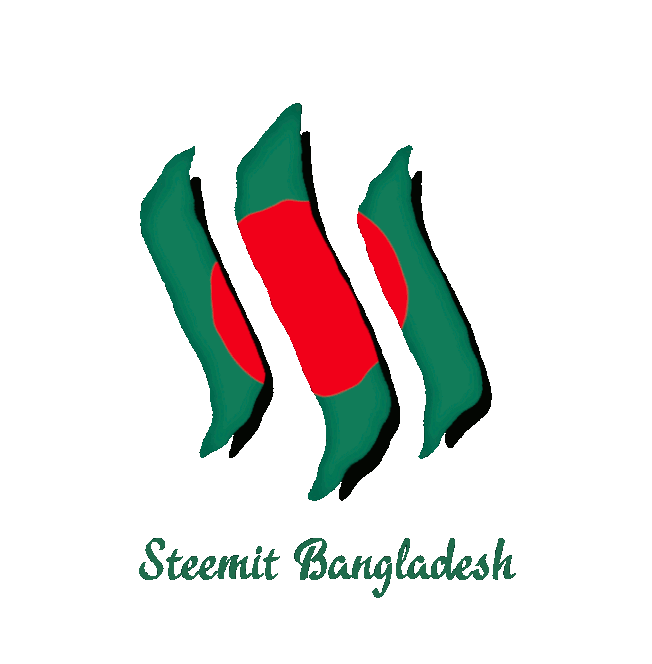Hello Steemians,
Today i'm going to tell you about the problems and prospects of garment industries in Bangladesh.
The world set the spotlight Bangladesh and strongly questioned the integrity of the garment industry after the country's one of the most gloomy and anxiety increased as the country's under threat. Is the garment industry health of the industry? What are the prospects and shocking tragedies on April 24. Fear of GSP cancellation by the EU made the business mood industrial backbone and mightiest pillar of foreign exchange came u strong enough to endure this pressure? Are the problems toxic enough to jeopardize the future scopes of improvement? Let's have a look.
The industry generates a total of $19 billion in exports and employs 3.6 million workers dispersed among 5,400 factories.Currently the sector accounts for 78 percent of exports and contributes 16 percent to the gross domestic product.
Expectations of rapid industrialization in future years invariably indicate further growth of he garment sector. This is also because China, the largest exporter of manufactured garments in the world, is losing its appeal in the apparel realm due to labor shortages and higher wages. A McKinsey report suggests that 86 percent purchasing officers in their survey wanted to moye out of China, and Bangladesh is their next preferred destination. The country is expected to gain much of China's share in the cut-throat apparel terrain.
Cheap labor is abundant, some of them willing to work at a wage rate of $0.20 an hour. This is less than a fifth of the labor costs in China. Capacity another primary advantage with a total of 5,400 factories.Bangladesh is clearly ahead of other garment suppliers, for instance, Indonesia has 2,450 factories,Vietnam 2,000 and Cambodia 260.
Another key prospect lies in the size of the global apparel business which is worth $1 trillion a year.According to Bangladesh Knitwear Manufacturers and Exporters Association,the EU and the US are the two largest importers of Bangladeshi garments and 86 percent of the total exports are serving these two giants. But how big is our 86 percent in the phere of total garment demand in the EU and US? The number may seem meager, because Bangladesh caters to only 6 percent of their total apparel demand, as opposed to China, which serves 30 percent.
The current average wage rate in the sector is one of the lowest in the world. Though minimum wages ere raised in November 2010, a study by the Fair Wear (a non-profit lobby group) found that some workers were receiving less than the new minimum; nearly a quarter were reassigned to lower pay grades Recipients of the new minimum wage salaries were not necessarily better off, since inflation soared as high as 12 percent the following year.Yearly ramp- up of wage rates which help negate the effects of rising inflation are absent in the sector.
Low levels of work safety also pose a massive problem. Between 2000 and 2013, more than 1,500 lives perished in garment industrial disasters caused by fire, building collapses or stampedes. Fire breakouts are the most common, ,with two out o three accidents recounting to faulty fire extinguishers and electrical short circuits. Though industrial accidents are a recurring phenomenon, the trend is not exclusive to Bangladesh.British magazine 'The Economist' called garment factory fires 'a distinctly South Asian' tragedy when Pakistan experienced the death of 300 people in two separate factory blazes in Karachi and Lahore in September 2012.
There is a reason why this vicious cycle continues.Foreign buyers squeeze the suppliers every year to sliver, the cost per of garment; garment manufacturers, on the other hand, compete with each other by under-cutting one another's prices consequently price declines further. Now with a lower profit margin, manufacturers refuse to undertake costly renovations and discover different means of maximizing profit. One way they subcontracting their production to smaller non- complaint factories. Sometimes this is carried out without the knowledge of the foreign buyers and that is why a lot of global clothing brands deny their authorizations in the factories even though their labels were found in the rubble after accidents.
The majority of workers receive training on the job or in regional basic sewing schools, as vocational training institutions currently do not exist. Since it has been announced that minimum wages will be adapted in two-year rhythms, the manufacturers require significant efficiency increases to offset the rising costs in the future. These require investments in vocational training institutions. If not, the manufacturers will keep on discovering loopholes in order to decrease costs McKinsey & Co reports that the garment sector could triple by 2020, employing six million people. This depicts that the productivity of the industry may rise as it moves towards high value exports. To address the current problems the
government can do this is by develop a system where tax holidays are attached to factory compliance. Moreover, vocational training schools and a clear roadmap of wage increments is crucial so that manufacturers can adjust costs with having future wage increments in mind. If not, problems will lead to losing EU's GSP status, leaving Bangladesh to lose its competitiveness in the global garment business.
The post is collected by-http://www.academia.edu/4103073/RMG_Sector_in_Bangladesh
If you like this post, please #Resteem, #Comment and #Share this post.
If you like to follow me then just click on it-Follow Me










Hi! I am a robot. I just upvoted you! I found similar content that readers might be interested in:
http://www.academia.edu/4103073/RMG_Sector_in_Bangladesh
I have given a source of that post.Can you please delete your commen.
Congratulations!
This post has been upvoted from Steemit Bangladesh, @steemitbd. It's the first steemit community project run by Bangladeshi steemians to empower youths from Bangladesh through STEEM blockchain. If you are from Bangladesh and looking for community support, Join Steemit Bangladesh Discord Server.
If you would like to delegate to the Steemit Bangladesh, you can do so by clicking on the following links:
50 SP, 100 SP, 250 SP, 500 SP, 1000 SP.
YOU ARE INVITED TO JOIN THE SERVER!